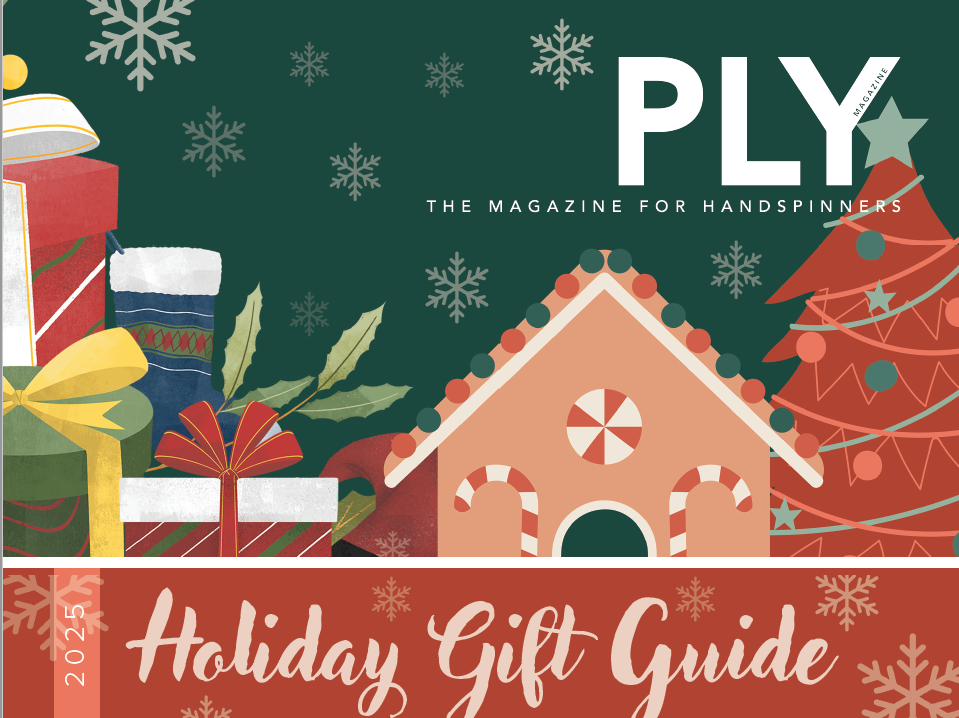Just Give It a Whirl
Words and Photos by Michele Marshall “What if…?” might be the most exciting phrase in a maker’s world. I have dabbled in various forms of fiber, paper, and mixed media arts for most of my adult life. In each creative endeavor, I’ve discovered “what if” often precedes an exciting and fun phase of exploration that […]

